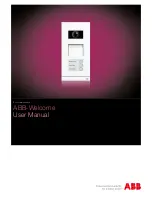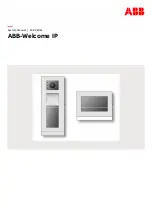
Chapter 1
Introduction
©
National Instruments Corporation
1-3
(RTDs), strain gauges, voltage sources, and current sources
.
You also can
acquire or generate digital signals for communication and control.
Refer to Appendix A,
, for specifications of the NI 6052E.
Using PXI with CompactPCI
Using PXI-compatible products with standard CompactPCI products is an
important feature provided by
PXI Specification,
Revision 2.0. If you use a
PXI-compatible plug-in card in a standard CompactPCI chassis, you cannot
use PXI-specific functions, but you can still use the basic plug-in card
functions. For example, the RTSI bus on the NI PXI-6052E is available
in a PXI chassis, but not in a CompactPCI chassis.
The CompactPCI specification permits vendors to develop sub-buses that
coexist with the basic PCI interface on the CompactPCI bus. Compatible
operation is not guaranteed between CompactPCI devices with different
sub-buses nor between CompactPCI devices with sub-buses and PXI
because the standard implementation for CompactPCI does not include
these sub-buses. The NI PXI-6052E works in any standard CompactPCI
chassis adhering to
CompactPCI Specifications, PICMG 2.0 R3.0.
PXI-specific features are implemented on the J2 connector of the
CompactPCI bus. Table 1-2 shows the J2 pins used by the NI PXI-6052E.
The device is compatible with any CompactPCI chassis with a sub-bus that
does not drive these lines. However, if the sub-bus is capable of driving
these lines, the device is only compatible if those pins on the sub-bus are
disabled by default and are never enabled. Damage can result if these lines
are driven by the sub-bus.
Table 1-2.
Pins Used by the NI PXI-6052E
NI PXI-6052E Signal
PXI Pin Name
PXI J2 Pin Number
RTSI<0..5>
PXI Trigger<0..5>
B16, A16, A17, A18, B18, C18
RTSI 6
PXI Star
D17
RTSI Clock
PXI Trigger 7
E16
Reserved
LBL<0..3>
C20, E20, A19, C19
Reserved
LBR<0..12>
A21, C21, D21, E21, A20, B20, E15,
A3, C3, D3, E3, A2, B2














































